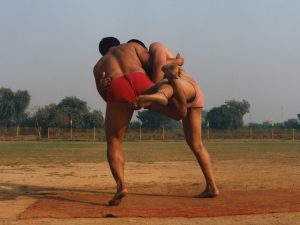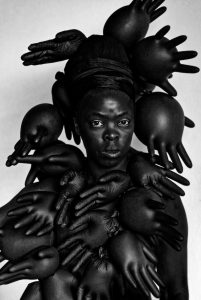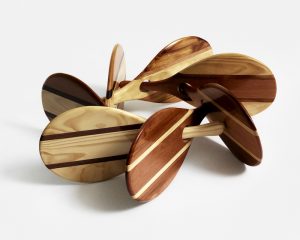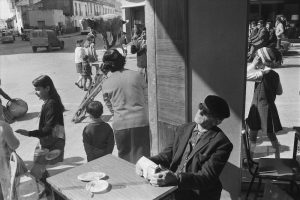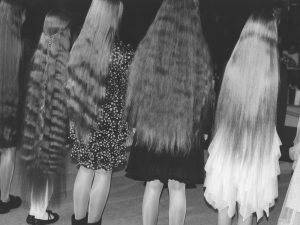Sámi artist Máret Ánne Sara talks taking on structural colonisation, communing with nature, and the genesis of The Sámi Pavilion at this year’s Venice Biennale
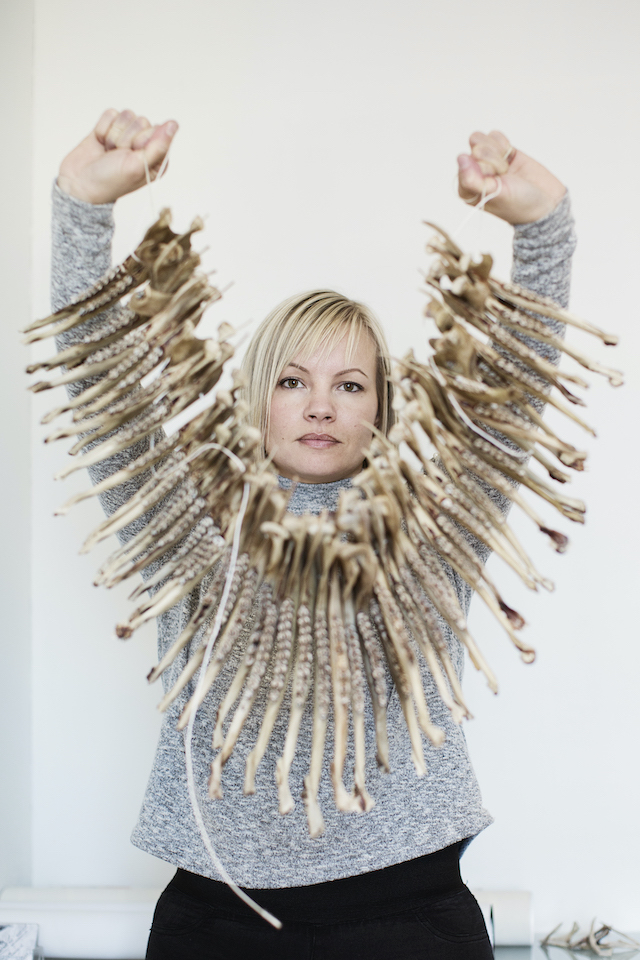
This year Venice Biennale plays host to The Sámi Pavilion, a politically charged takeover of The Nordic Pavilion by three artists whose genealogy stems from the indigenous Sámi people – a borderless nation who have herded reindeer across the arctic tundra for time immemorial, their homeland spanning Russia, Sweden, Finland and Norway. While often romanticised by the West, this first nation people have long navigated a history of oppression, ethnocide and internal colonisation throughout Scandinavia, and as all the artists exhibiting in The Sámi Pavilion are at pains to point out, their way of life is now in danger of eradication. The reasons are, of course, myriad, with climate change, globalisation, industrial farming and mining all playing their part in a web of systemic racism and political and environmental pressure. In bringing these pertinent issues of disenfranchisement to the world stage, all three artists aim to draw attention to a common global need to better respect our environment, and all those peoples around the globe whose relationship with the cycle and needs of nature runs deep.
Port was lucky enough to visit the Sámi homelands to witness the issues facing the Sámi people up-close, and speak to artist Máret Ánne Sara about her own powerful contribution to The Sámi Pavilion, which utilises the corpses of reindeer calves as a symbol of hope for a fast-disappearing culture. It’s an impassioned follow-up to her somewhat iconic art intervention Pile o’ Sápmi, which showcased at Documenta in 2017 – a mountain of 400 reindeer heads that the artist placed overnight on the doorstep of the Norwegian Parliament in order to provoke action and raise awareness of the right of reindeer-herders to self-determination (highlighting the court-case of her younger brother, whose own livelihood was decimated by a contentious governmental decree on reindeer culling).
Here, the artist explains why we all need to tune out of consumer capitalism in order to hear the cry of nature, and tells us how her practice has given her the strength to constantly push a heavy metaphysical rock up the hill of hope.
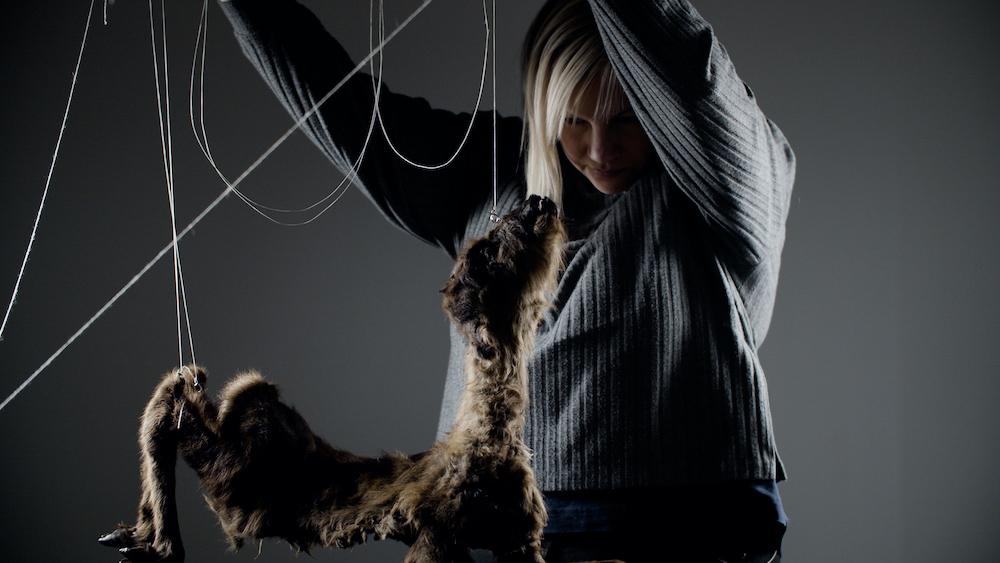
Your work is highly politically charged – would you say your artistic practice stems from activism?
I think everything comes from where I stand as a living being. Unfortunately, as many Sámi artists say, we don’t have the luxury of choosing subjects when working with art, because these are issues that are eating us up. I can’t say that it’s because of a personal interest that I really want to work as an activist. It’s more born of the fact that we have to tell these stories. There is a desperation and great need in my work that is very painful for me, and I have worked relentlessly to make visible the gravity and complexity of ongoing structural colonisation, and how it still operates invisibly in the light of day. When I was preparing to go to Documenta with Pile o’ Sápmi there were a lot of questions I had to ask myself, such as what relevance does a local story really have to offer to a global audience, but I realised then that they are not only local stories – if you zoom out from the micro to macro, then these are urgent global issues.
Do you feel your people are still facing issues of structural colonisation?
Definitely. And now there is a threat to our lands even from green colonisation – this notion that our lands have to be sacrificed for systemised capitalistic interests, the same interests that are driving colonial forces and mechanisms everywhere in the world. When the arguments of saving the planet and the climate are employed to further destroy the remaining healthy environments on the globe, I think we really need to put the breaks on and be more critical. We actually have to fundamentally change our ways of being, thinking and acting in this world – we need to listen to nature and what our surroundings are telling us. In my own art practice I try to navigate towards nonverbal communication with the world – the honest communication that is based on instinct between us and other beings, human and non-human, lands and environments.

How does that communication work?
It almost sounds crazy from a Western point of view but I’m working on making it more normal to talk about spirituality and this non-vocal form of communication that we all have constantly in our surroundings, and that is present in all life forms around us. I always ask for guidance when I make a difficult project, and something that I’m really aware of is respecting that communication. You have to be really attuned and alert to be constantly analysing your surroundings and the messages coming in, and this is really what I find my art is in the centre of now – this form of communication, and making sense of it. I cannot stand in front of my work and think, or pretend, that I am trying to say something – it’s not me, I am just transmitting something.
Can you give me an example of how nonverbal communication manifests as work?
Well, I particularly did that for Pile o’ Sápmi because that was an immense struggle against a monstrous enemy. I felt dependent on help from above, from those who have walked these grounds before me and those who see and know more. I don’t quite know how to describe it, but I was told somehow that I had to work with reindeer heads. In my mind, I saw a pile of reindeer heads and from then, I started finding ways to get hold of them. In the process, I called a friend of mine, who I often discuss my projects with, and he went quiet and asked me if I knew about Pile o´ Bones, which I didn’t. When I looked it up this whole story about the Native Americans and this enormous mountain of piled up Buffalo skulls became visible to me, and the resemblance was really striking, because this was a powerful response to political colonial strategy in North America in the 1800s, where instead of attacking the indigenous people, they attacked the animals that the people depended on. It really felt much more than a coincidence, and that history is repeating somehow. I try to be totally open to this language, and I’m trying to somehow translate the messages I read from nature, and our other kin.
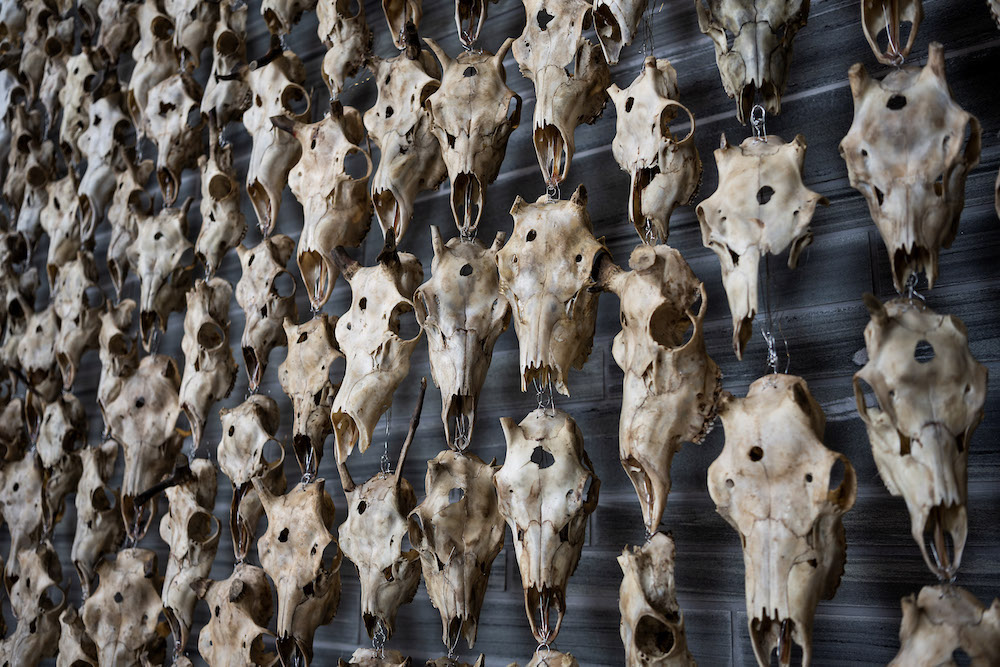
Can you tell us a little about the piece you will be premiering in Venice?
I am preparing a three-part work for Venice. When I was working on the main piece, I was also pregnant with my first and only baby, so it was a very crucial time for me for working on hope, the feeling of strength and a belief for the future – not only for myself, but also in a collective perspective and for future generations. So, the fact that I was pregnant was probably very essential for how this specific piece found it its form. The work revolves around new-born reindeer calves, as comforting and nourishing components – stimulating the exhausted present lives, and the new generation in this fragile world. I don’t want to reveal too much about the piece, but I feel it’s strong work. I do believe that my community will definitely read so many more layers than maybe the global audience will, but, having said that, I never underestimate any audience, so I believe that this piece will speak loud and clear to everyone on some level.
To work with dead animals could be considered quite macabre – how does that play out with your own notion of beauty?
I think exactly the sort of sphere where I operate in my artistic practice is this very fragile space between the bizarre, macabre and the beautiful, or maybe, poetic. There’s great beauty in my culture and life, but there’s also much struggle, and so much courage is needed. Art is really a powerful tool for me to build up something and create new strategies of how to go forwards – how to continue something very important, and still stand strong in the fight.
The Venice Biennale opens April 10. For more information on The Sámi Pavilion visit here
